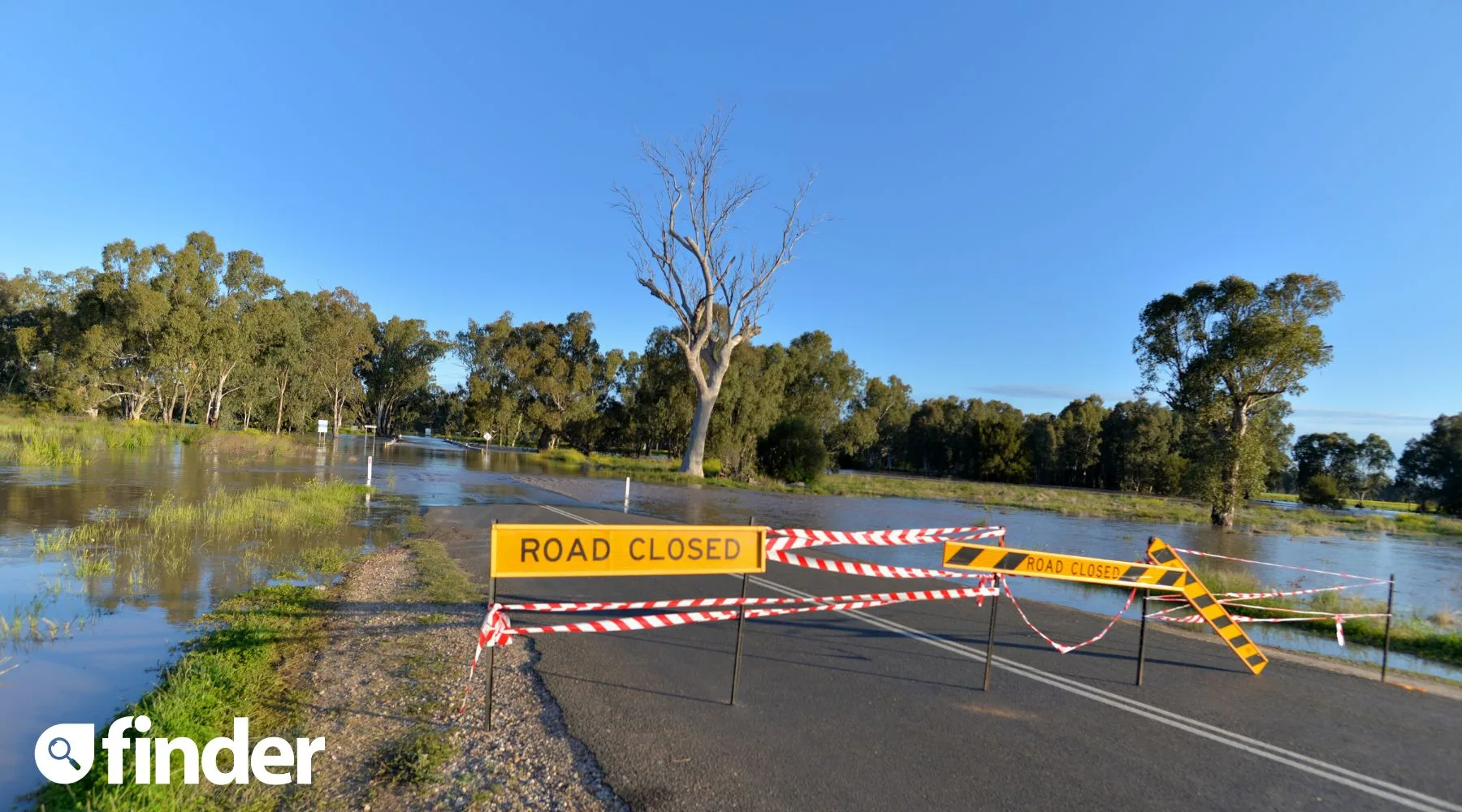Insurance prices hit 23 year high: How to save on your policy

Inflation is down, insurance is not, and climate disasters are largely to blame.
Insurance premiums have seen their biggest price increase since March 2001, according to the latest Consumer Price Index data.
The ABS revealed insurance prices rose 16.2% in the 12 months to the December 2023 quarter.
Home insurance hikes
Home insurance premiums have increased by approximately 25% in the last 12 months, according to 2024 Finder research.
We gathered over 400 quotes from multiple Australian insurers to work out the average home insurance costs for a building worth $500,000 and contents valued at $100,000.
Based on this research, the average home insurance cost has increased from around $148 a month to approximately $187. That means you'd be paying $2,250 over the year: an extra $474 from the previous year.
Car insurance increases
Car insurance has been hit hard as well, increasing by an average of 10.6% in the last 12 months, and 19.8% since the beginning of 2021, according to Finder analysis. This is faster than the overall rate of inflation.
Car insurance premiums in Queensland have gone up the most – 25% since 2021. In the last 12 months though, the biggest increase has been in Victoria (16.7%).
A Finder survey of 926 car owners revealed 56% have seen the cost of their car insurance policy increase in the last 12 months. This is equivalent to 9.9 million drivers.
The research found a further 14%, equivalent to 2.5 million motorists, said they didn't know if the cost of their car insurance had increased.
Why are prices increasing?
There are two main reasons for the increase: inflation and global warming.
Like many other goods and services, the cost of insurance has been increasing due to very high inflation, the growing cost of reinsurance, and scarcer capital making riskier activities more expensive to insure. Slowdowns in supply chains have made getting hold of materials harder, more time-consuming and expensive.
Then there's extreme weather. Climate disasters such as bushfires, cyclones and floods cost $7.28 billion in insured losses in 2022. The 2023 Christmas and New Year Storms alone have cost $541 million so far, with $525 million outstanding.
The recent World Economic Forum Global Risks Report has placed failure of climate-change adaptation in the top five risks to Australia.
While Australia has been hit by some of the costliest insurance events in the world, this is a global problem. Natural disasters occurring across North America and Europe have impacted reinsurance costs, which in turn, has affected prices in Australia.
How to save on your premiums
520,940 properties, or one in every 25, will be 'high risk' and uninsurable by 2030, according to the Climate Council's Climate-Vulnerable Places report.
For many, this is already their reality. We've spoken to many Australians who are struggling to find an insurer that will cover them. For those still fortunate enough to get cover, there are some ways you can keep costs down.
- Review annually. As car and home insurance costs continue to soar, renewing customers often get hit the hardest. Once you've been enticed by an attractive sign-up offer, insurers often increase your prices substantially after the first 12 months. Get new quotes every year to keep costs down.
- Call the insurer. This has become a tried and tested Finder tip. Our car insurance publisher Peta Taylor did this recently and saved $200.
- Cancel at any time. Many insurers don't have a cancellation fee. You could leave at any time if you find a better deal.
- Pay for the entire year. This is easier said than done depending on your budget. However, we found that some insurers, such as AAMI, charge you as much as 17% more if you pay per month. This works out as $254 more over the course of a year.
- Choose a higher excess. You'll have to pay more upfront to make a claim, but selecting a higher excess will lower your insurance premiums.
If you're moving home, check out the Climate Council's Risk Map to see which areas of Australia are considered high risk. State emergency websites such as the NSW Flood Data Portal can also be helpful for identifying riskier areas.
Find other ways to lower your home insurance and car insurance costs in 2024.
